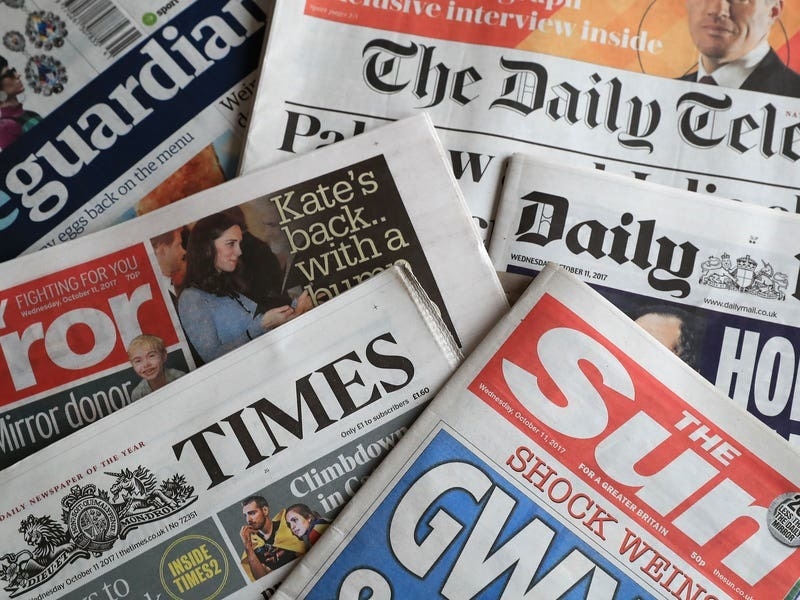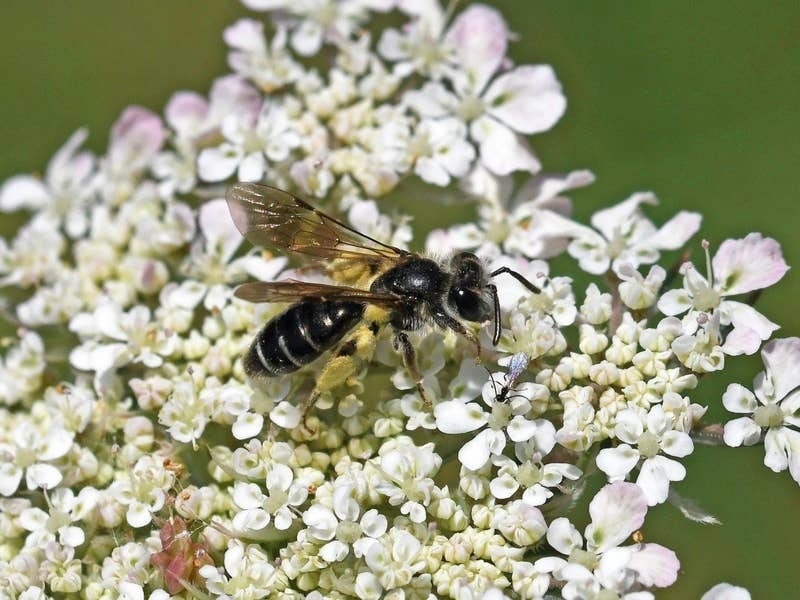In response to questions from the JEP, a force spokeswoman admitted that the exit and entrance systems at the police station in Route du Fort were ‘slightly more complex to negotiate’ than at their previous base at Rouge Bouillon.
‘This could account for the very slight increase in response times for code-one calls but, in the main, officers are already on patrol when emergency calls are received,’ she explained.
The average length of time that it took States officers to arrive at a ‘code-one emergency’ has increased by 2 min 16 sec in the past four years, but was still well within target response times, latest figures show.
A response to a freedom of information request shows that the average time it took for officers to attend a code-one emergency – the highest level of call-out – so far this year was 7 min 35 sec, compared to 5 min 51 sec during 2015. However, the response also states that the current average arrival time is still below the target response time of ten minutes.
Meanwhile, the average time it took for the police to arrive at a code-two call-out increased from 11 min 42 sec in 2015 to 19 min 40 sec in 2018. The target response time for this type of call-out is 60 minutes.
The FoI request, which was not made by this paper, also asked for the total number of officers for each year since 2014. According to the figures the numbers have dropped from 232 on 1 June 2014 to 201 on 1 June of this year.
‘Officer numbers are less than five years ago; however, we strive to maintain current emergency response and other service levels,’ the response says.
‘For example over the same five-year period, the States of Jersey Police’s response time to emergency calls remains well within the target times.’
The response adds that public perceptions of safety, as well as confidence and satisfaction in the States police, have ‘continued to increase during this period, as measured independently through the Jersey Opinion Lifestyle Survey’.
And it says that the force has undertaken a number of changes to ‘improve efficiency and provide better value for money’ through a new policy to grade and prioritise calls according to threat, harm and risk.
If a call is classed as a low-impact assessment officers will make an appointment with the caller at a time that is convenient for them or resolve the issue over the phone.
The FoI also asked whether a duty inspector has had to ‘call in all officers as it was unsafe for them to be on the streets in such small numbers’.
‘On occasion officers may be temporarily withdrawn from a situation, for example as part of a tactical response to diffuse crowd dynamics, leaving it instead to be monitored by CCTV but with officers remaining nearby,’ the response says.
‘However, the States of Jersey Police have not withdrawn from the streets because it is unsafe.’
A States police spokeswoman said that since the introduction of the new THRIVE call system the force had become ‘more pragmatic in how it responded to calls’.
‘This has meant more effective handling of calls in being able to align the urgency given to calls in a far more proportionate way paying due regard to the nature of any specific incident. As THRIVE continues to be employed, we anticipate code-two call response times to increase further in the recognition that we are being more pragmatic in the way we respond to non-emergency calls on our services.’






